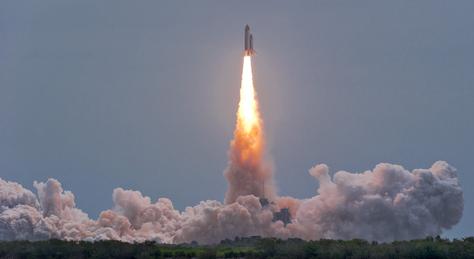One Giant Leap for the Private Space Industry

What’s the Latest Development?
This weekend will mark a major advancement in private space enterprise as the company SpaceX launches an unmanned rocket carrying supplies to the International Space Station. SpaceX is one of several companies drawing sizable contracts from the federal government via NASA, which is undergoing significant change from a creator of space technology to a consumer. Since the space shuttle program was terminated, the US relies on Russia to ferry American astronauts to and from the ISS at cost of $60 million per launch. SpaceX believes it it will soon be ready to do the same for a third of the price.
What’s the Big Idea?
Sending people into space is expensive and the market is currently limited to rotating crew members aboard the ISS, which for the US entails launching just two manned missions per year. As Congress grows increasingly weary of spending large sums on non-essential programs, a profitable private space economy is trying to gain its footing. To control costs, it will need higher passenger demand, i.e. space tourism, as well as reusable technology, such as rocket parts that can be located and reassembled after each launch. Eyeing these necessities, SpaceX is working to send people to mars in the next 20 years.
Photo credit: Shutterstock.com





